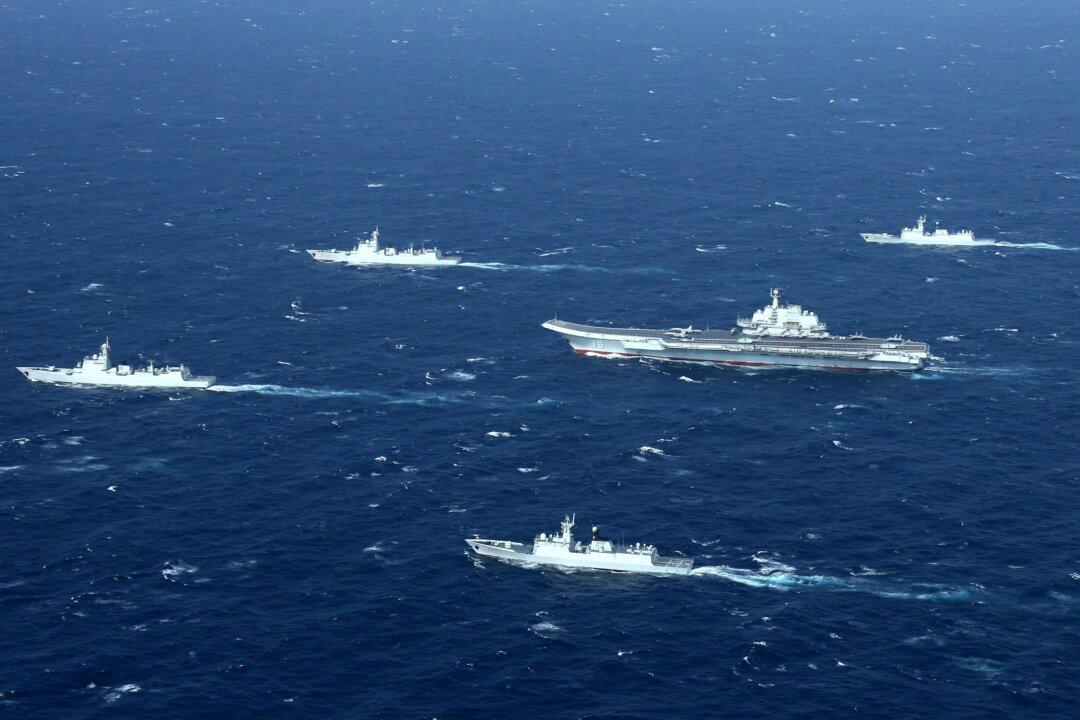Commentary
There is a tendency nowadays to accord China’s military a certain amount of implicit superiority in the far western Pacific Ocean. This includes the East and South China Seas, and especially in the Taiwan Strait.

There is a tendency nowadays to accord China’s military a certain amount of implicit superiority in the far western Pacific Ocean. This includes the East and South China Seas, and especially in the Taiwan Strait.